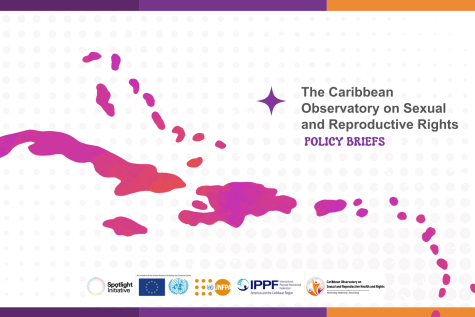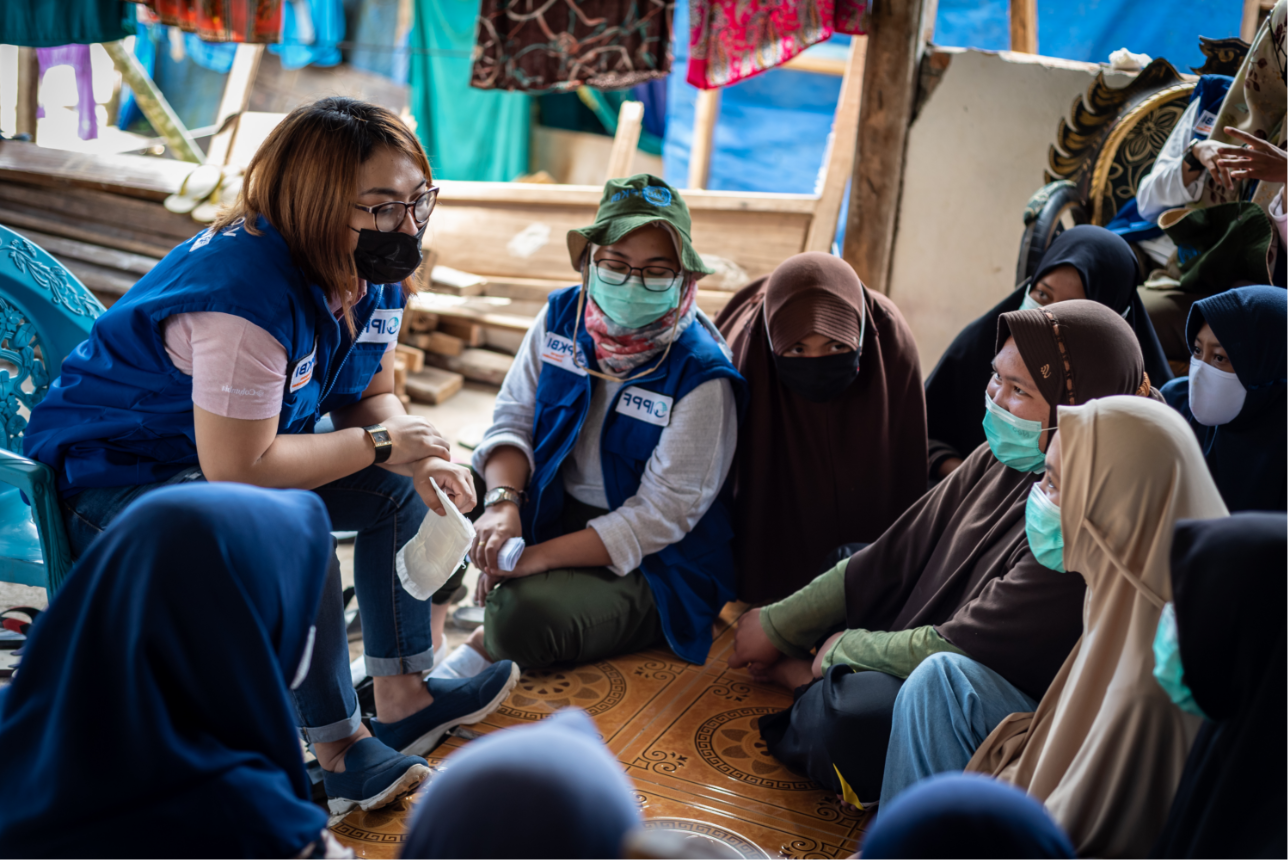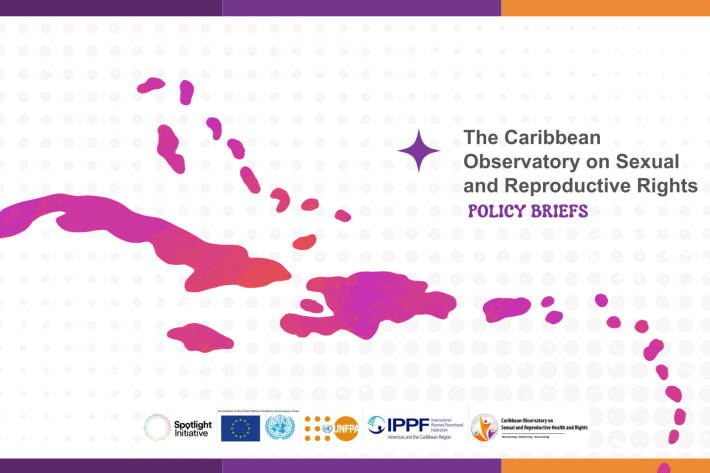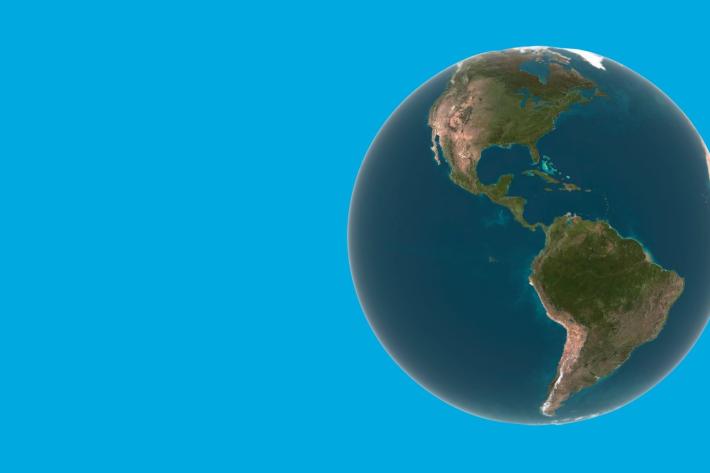Spotlight
A selection of resources from across the Federation

Americas & the Caribbean
Caribbean Observatory on SRHR: Policy Briefs
Data and Advocacy critical to shaping SRHR in the Caribbean
Filter our resources by:


| 30 September 2020
Humanitarian Strategy
IPPF’s Strategic Framework (SF) 2016-2022 commits the organisation to lead a locally-owned globally connected movement that provides and enables services, and champions sexual and reproductive health and rights (SRHR) for all. Increasing numbers of people face crises or live in chronically insecure settings. In recent years we have scaled up the number of sexual and reproductive health services and information provided to people in emergencies from 1.3m in 2013 to 3.2m in 2016, but we can do much more. The goal of this strategy is to improve access to life-saving SRHR for crisis-affected people in all their diversity. As the situation normalises after a crisis, we aim to leave behind stronger MAs sustaining quality services to diverse populations. IPPF’s model for SRHR in crisis connects the key elements of humanitarian action (prevention and preparedness, response, recovery and resilience) with long-term, equitable development.

| 30 September 2020
IPPF Act & Regulations

| 30 September 2020
A Road to Transform IPPF - Secretariat business plan
IPPF has developed a new comprehensive Business Plan as a clear roadmap to accelerate delivery of its Strategic Framework (2016-2022). The goal is to boost performance by closing delivery gaps, unleashing capabilities throughout the Federation, and changing the organisation’s culture. It identifies six areas where we most need to improve and where we need to intensify efforts in order to achieve the Strategic Framework targets. In early 2018, IPPF created solution teams to design initiatives to close gaps in each of the six solution areas. Representatives from all six teams came together with technical staff to adopt a multi-disciplinary approach, ensuring that key cross-cutting issues – gender equality, vulnerable populations and young people – were integrated. The process was highly participatory and inclusive, involving Member Associations (MAs), the Secretariat, donors and partners. The Business Plan was launched in mid-March 2019 and will provide impetus to deliver the targets put forward in the Strategic Framework. IPPF’s approach is evolving to become more MA-centric with the Secretariat playing a key role as an architect of cooperation. The Business Plan identifies areas where an MA can provide the support and technical assistance needed to bring other MAs up to speed.

| 30 September 2020
IPPF Policy Handbook
IPPF's policy handbook - May 2019 publication.

| 30 September 2020
IPPF's Strategic Framework: 2016-2022
Strategic Framework 2016–2022 is a bold and aspirational vision of what the International Planned Parenthood Federation (IPPF) plans to achieve, and how we will achieve it, over the next seven years. It is the culmination of an extensive global consultative process involving Member Associations, partners and donors, and was approved by IPPF’s highest decision-making body, the Governing Council, in November 2014. Our strategy responds to social, political and demographic global trends. These include: the expectations and potential of the largest ever generation of young people; ongoing, significant social and economic inequalities, including discrimination against girls and women; and opposition that threatens gains in human rights. It is also guided by evaluations and analyses of our work – strengths, weaknesses, capacities, resources and networks. IPPF’s Strategic Framework sets the priorities that will allow the Federation to deliver impact as a sexual and reproductive health and rights (SRHR) movement over the next seven years. It will guide national Member Associations and partners in formulating their own country-specific strategies, based on their resources and tailored to serve the most marginalized groups in local contexts. It also provides focus to the Secretariat in its international influencing and in its support to Member Associations. Progress in delivering the Strategic Framework will be measured through a dashboard of global results and Member Associations will report on these indicators on an annual basis. With this essential tool, IPPF is equipped to move forward and deliver on its promises. At the helm of the sexual and reproductive health and rights movement, we will help unite the actions and achievements of sexual and reproductive health (SRH) champions around the world to realize a step change in sexual and reproductive health and rights around the world.

| 30 September 2020
IPPF Financial Statements 2019
The overall group income of IPPF has risen by US$51.8 million (46 per cent) to US$163.7 million (2018: US$111.9 million). Unrestricted total income and restricted income rose by US$1.9 million and US$49.86 million respectively. IPPF’s main source of funding is government grants, which account for 88 per cent (2018: 81 per cent) of total income. In 2019 unrestricted government funding increased by US$2.2 million (4 per cent) to US$57.4 million. The main reason for the increase in funding in 2019 was the increase in funding from Germany which rose from €6 million to €12 million. Restricted government funding amounted to US$87 million, up from US$35.2 million in 2018. A full analysis of restricted projects balances. The following Governments were the major contributors to the restricted funding of IPPF: Government of United Kingdom,through the WISH programme in Africa, South Asia and the Arab World US$59.23 million, the European Commission supported the State of African Women Campaign US$4.6 million, Government of Canada US$4.3 million, Government of Australia continued to provide support (US$2.4 million) in relation to the global SPRINTInitiative to provide sexual and reproductive health services to crisisand post crisis areas in South East Asia, the Pacific, South Asia andGovernment of Belgium contributed to the SHE Decides project US$2.07 million. The governments of the Netherlands, Norway, UK and an anonymous donor also provided funding of US$5.64 million to the Safe Abortion Action Fund. Grants from multilateral donors and other sources decreased by 13 per cent from US$20.7 million to US$18.1 million. A significant factor in the decrease was US$0.6 million from GIZ, US$0.26 million from Anonymous donors, and US$0.7 million decrease from the David and Lucile Packard Foundation.
Pagination
- First page
- Previous page
- …
- 6
- 7
- 8
- …
- Next page
- Last page












